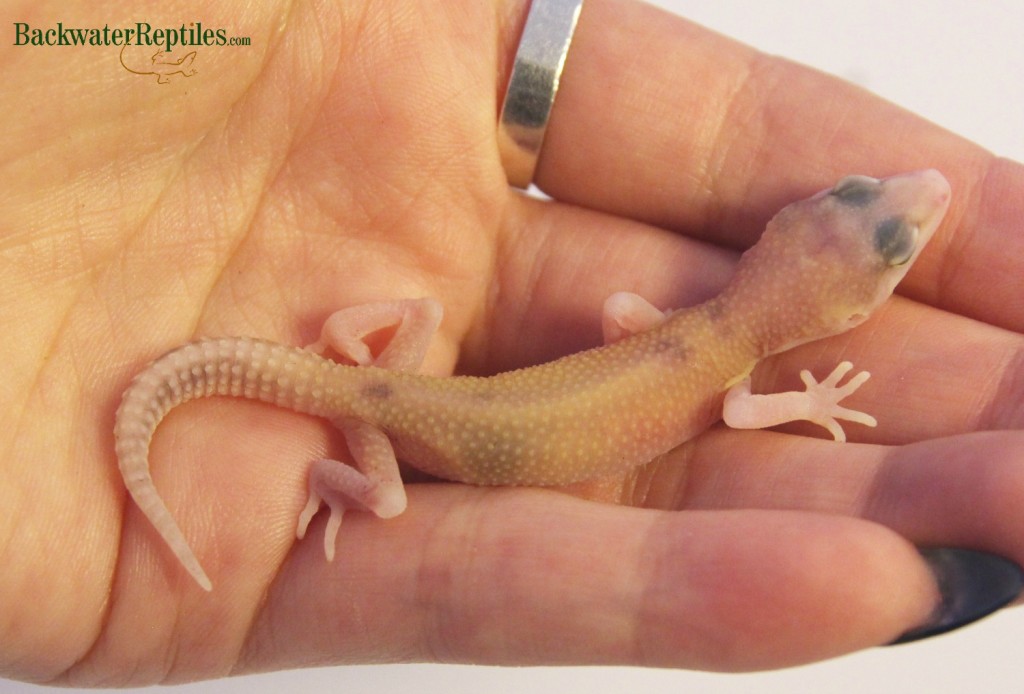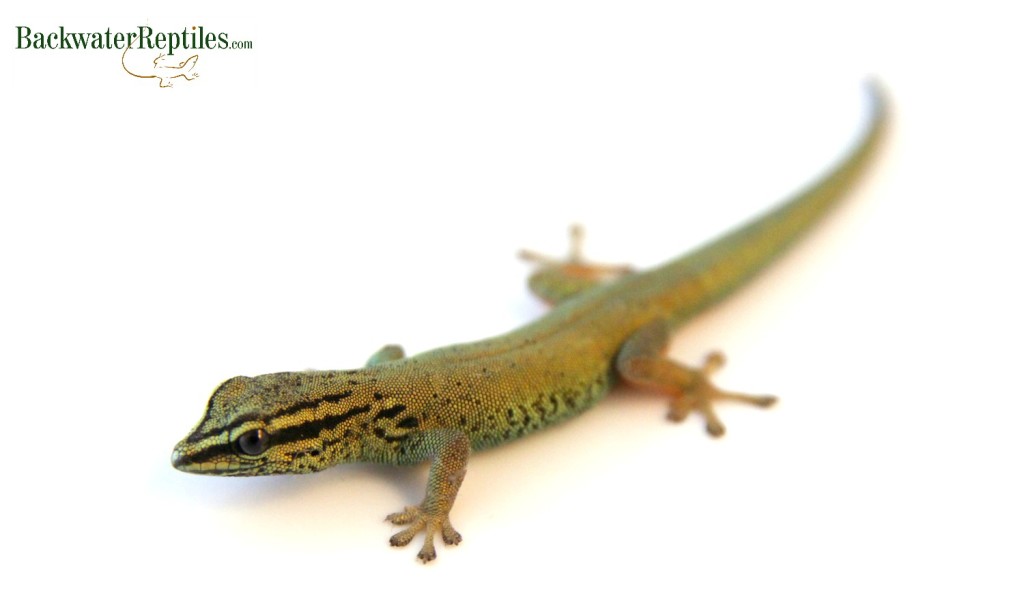If you’re wondering how geckos stick to walls, you’ve come to the right place. Odds are that you’ve seen some species of gecko adhere to the glass of its enclosure, or the wall of a building or house.
In reality, geckos are able to stick to any smooth surface (walls, glass, ceilings, etc.) and even cling on to things upside down without actually being sticky. Read on to find out more about how and why these amazing lizards are able to do this.

How do geckos stick to walls?
First off, we should state that not all geckos are able to be accomplished acrobats. Some species of geckos are not capable of climbing walls. Examples include: leopard geckos (Eublepharis macularius), fat-tailed geckos (Hemitheconyx caudicinctus), and frog eye geckos (Teratoscincus sp.). In general, geckos that stick to surfaces will be arboreal creatures, while the ones that cannot stick to smooth surfaces live terrestrial existences.
What if you’re not sure if the gecko species in question is arboreal or terrestrial? Just take a look at the lizard’s feet and toes. Arboreal geckos that climb a lot and require the skills to stick to precarious surfaces will have large, flat toe pads that resemble suction cups. This is because the more surface area the toes and feet occupy, the more clinging power the lizard can exert. A terrestrial gecko’s feet, on the other hand, will tend to look more like traditional digits.
So now on to the nitty gritty…what actually enables geckos to be sticky?

Just in case you’ve never held a gecko or come into close contact with one, a gecko’s toes are not actually sticky. They don’t exude a slimy or gluey substance that helps them adhere to surfaces. So, if it’s not a substance a gecko makes or excretes that makes the animal sticky, then the stickiness has got to be something special within the animal’s feet.
It turns out that the biological trait of the gecko’s stickiness has been well-studied. Scientists have used what they’ve learned from gecko’s feet to create technologies that humans have used to develop special adhesives, learn to scale walls, and even ways to seal wounds without having to use stitches.
Geckos have hundreds of tiny, microscopic hairs on their toe pads called setae. Each setae is further divided into even smaller hairs or bristles called spatulae. These hairs are so numerous, small, and cover so much surface area that what is called the van der Waals force kicks in.
We won’t go into detail as to what the van der Waals force does because we aren’t physicists or chemists, but just know that the hairs on the gecko’s feet are able to interact on a molecular level with whatever surface the animal is sitting upon to create an electromagnetic attraction.

Geckos are actually able to manipulate and control the setae and spatulae on their toes so well that they can be as sticky or not-sticky as they choose.
Geckos are extremely speedy lizards and it does not matter to them whether they are upside down scurrying along your ceiling or running along a tree trunk. The point is that geckos can control the angle, flexibility, and synergy of their toe hairs in order to be as sticky or un-sticky as they desire.
The only impediment to a gecko’s ability to stick to a surface is moisture. If a surface is too wet, the gecko’s setae will have trouble redirecting themselves and the electromagnetic energy in order to create the van der Waal’s bond. The end result is a gecko that slips and slides rather than sticks to the intended surface.
We now know the how behind a gecko’s ability to be sticky, but we haven’t really touched on the why.
Truthfully, it’s not that complicated. Because they are small, prey animals, geckos have to be able to run away fast when necessary. Being able to go places (i.e. ceilings or incredibly tall trees in the wild) where predators have a tough time reaching them is one way to avoid being eaten.
Conclusion – How geckos stick to smooth surfaces
Ultimately, a gecko’s ability to climb walls and stick to glass is an incredible adaptation. We think it would be quite a cool super power to have. Would you agree?
If you are interested in a wall-climbing gecko friend of your own, Backwater Reptiles sells many species of gecko.
